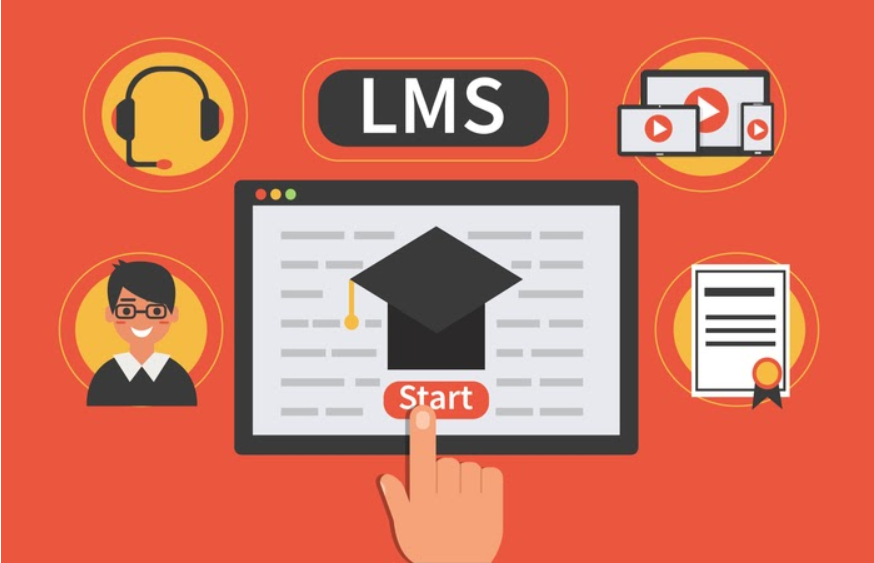A learning management system (LMS) is a software program or web technology that is used to organize, carry out, and evaluate a particular learning activity. It can be used for eLearning procedures. Are you trying to find an e-learning solution that perfectly complements your SCORM content? We’ll walk you through some technical improvements as per SCORM compliancy in this article and give you a checklist to use when selecting an LMS.
Understanding The Learning Management System
Elearning courses can be posted to an LMS so that learners can gain knowledge and training through it. The LMS receives information from the eLearning about who has finished which course and their rating. Even the most basic configuration contains two components: a system that handles the essential functions and an interface that is controlled by teachers, learners, and managers.
A teacher can typically develop and deliver information, track student involvement, and evaluate academic achievement using a learning management system. Learners may also have access to interactive tools like discussion boards, video calls, and thread conversations through an LMS. LMSs are often used by businesses, large and small, federal, state, and local government organizations, conventional academic institutions, and institutions with a web focus. The solutions can save time and expenses while also enhancing conventional teaching techniques. Teachers and managers will be able to manage various aspects of the system, including sign-up, material, calendars, access controls, interaction, certificates, and notifications, effectively if the system is functional.
What is The Purpose of Learning Management Systems?
LMSes are advantageous to a variety of enterprises, such as businesses and institutes of higher learning. An LMS system is primarily used for knowledge management, which is the process of obtaining, arranging, disseminating, and analyzing an institution’s knowledge in terms of its assets, documentation, and human capital. Nevertheless, the LMS’s precise function will change depending on the institution’s training objectives and strategy.
What Are The Different LMS Forms?
There are two primary types of LMS from which you will have to choose while looking for an appropriate one, but before you begin your search, you should be aware that comparing LMS types could take some time and effort.
Proprietary LMS
This kind of LMS is distinguished by the fact that the system is fully owned by the creator, and you, as a customer, must pay a considerable sum to use their program. Your personalization possibilities will be significantly constrained by this method, and you will have to adjust to any software updates. But in exchange, you receive dependable performance, good service, and continuing customer support. Additionally, you receive the best user experience possible, which includes the implementation of an LMS into your educational process, product support, regular upgrades, quick bug repairs, and other features. If you wish to quickly computerize a learning system, this kind of LMS is perfect. Avoid making plans for process modifications that would eventually necessitate platform adaptation.
Open-source LMS
This kind of LMS is frequently distinguished by a reduced cost or being totally free. An open-source interface allows anyone to change it as you see fit. To adapt a platform to evolving requirements, you can restructure it, integrate third parties, and add new features.
Selecting an Effective LMS Platform
- Recognize Your Fundamental Needs
Identifying your target market, or the people you will be teaching, is the very first step to creating the ideal LMS. For instance, if your business employs more than a hundred people, a straightforward solution designed for small groups probably won’t work for you.
- Define Future LMS’s Technical Needs
The next phase will be to compile a list of a platform’s technological needs. Since these requirements are your primary instruments for developing an instructional process, you should treat this procedure with the utmost responsibility.
- List The Necessary Features
Once the fundamentals of the key elements are understood, it is important to consider any extra characteristics that would enhance your learning experience and all that you would want to see in your LMS.
- Select Your LMS
The last step is to select the best LMS for your requirements.
Conclusion
To choose a good LMS for oneself, you may simply follow the steps highlighted in the article. It also compares the two most common LMS kinds according to a number of factors.

